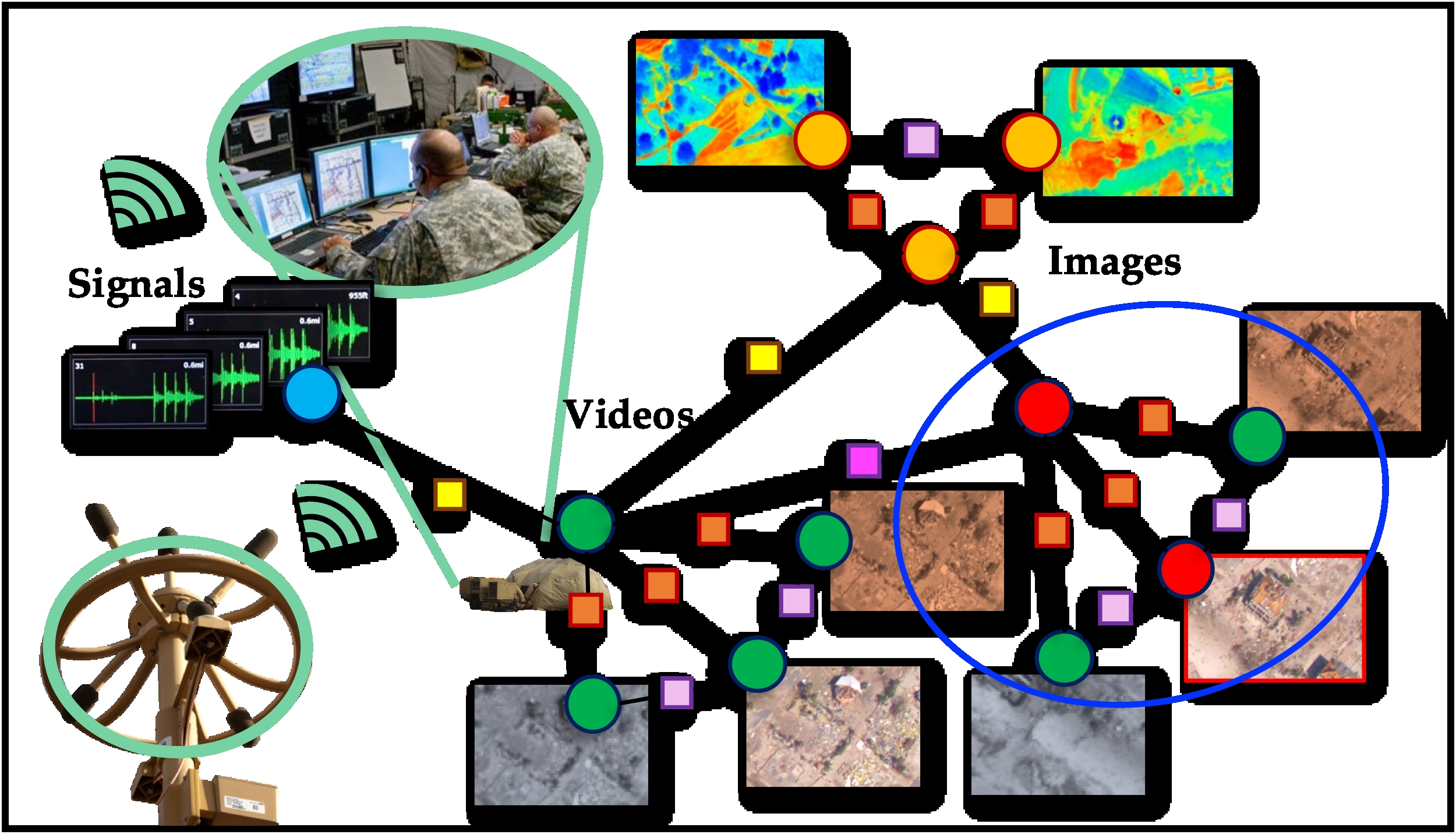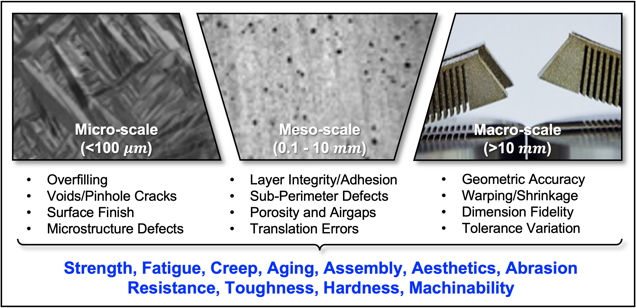This research thrust spans the spectrum of the product development process by developing and incorporating physics-informed and high-throughput machine learning-based approaches: from predictive materials design, and topology optimization to rapid manufacturing, process monitoring and control, system diagnostics and prognostics, and improved quality and reliability.
Modeling and Design of Fluid Infilled Complex Structures for Mechanical Performances

The goal of this project is to establish a computational framework for modeling and design of components with complex inner structure and fluid infill. This project provides a novel method for generative design of fluid-structure systems to achieve unprecedented performances (e.g. ballistic/impact protection). This project includes the following tasks:
-
Featurizing and generating complex 3D structures by deep learning;
-
Developing, calibrating, and validating the fluid-structure interaction model;
-
Understanding the relationship among structural characteristics, fluid properties and filling ratio, and the nonlinear mechanical behaviors to provide guidance for design optimization of the fluid-containing structures.
Active Learning, Crowdsourcing, and Human-in-the-loop Intelligence for Efficient Umanned Vehicle Operations

The ubiquitous data enabled through collaborative sensing offers an unparalleled opportunity for revamping ARMY operations. Captured sensing data are not only critical to support the current combat vehicle warfighting functions such as leader-follower truck convoys and dynamic rerouting, but also are vital for the development of the next-generation autonomous ground systems, including multi-domain launchers and advanced reconnaissance vehicles. Artificial intelligence (AI) as a key enabler leverages collaborative sensing data to learn new insights in building autonomous platforms and realize manned and unmanned teaming. However, AI algorithms, in particular supervised learning, are empowered by high-quality training data that need to be rigorously acquired to realize robust and resilient autonomous systems. In this project, we propose an intelligent human-in-the-loop system to investigate informative data acquisition by incorporating various dependencies in crowdsourced collaborative sensing.
Neuromorphic Computing for Agile Manufacturing of the Next-Generation Combat Vehicles

The capability of additive manufacturing (AM) to fabricate intricate geometry parts from hard-to-process materials manifests the potential to revolutionize production for the next generation of combat vehicles. Machine learning (ML) methods are recently invested to establish a framework that integrates sensor-based monitoring with closed-loop control to detect and subsequently correct the process drift and anomalies toward first-time-right printing. However, there are critical challenges making it difficult for ML to process data as generated, such as Transferability, Computation Efficiency and Robustness, and Reasoning and Decision Making. To achieve a cognitive system with real-time performance and robustness in AM, we redesign algorithms using strategies that more closely model the human brain. We introduce a neurally-inspired hyperdimensional computing system that mimics important brain functionalities toward high-efficiency and noise-tolerant computation.